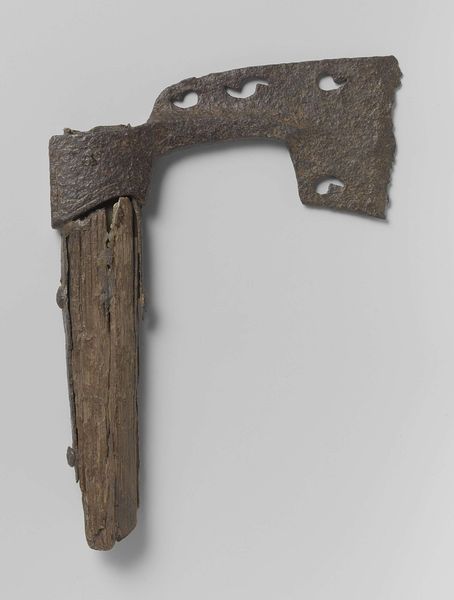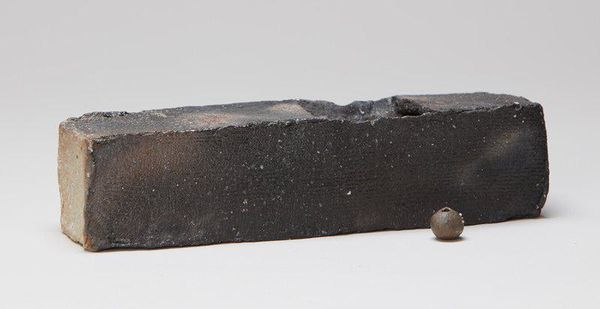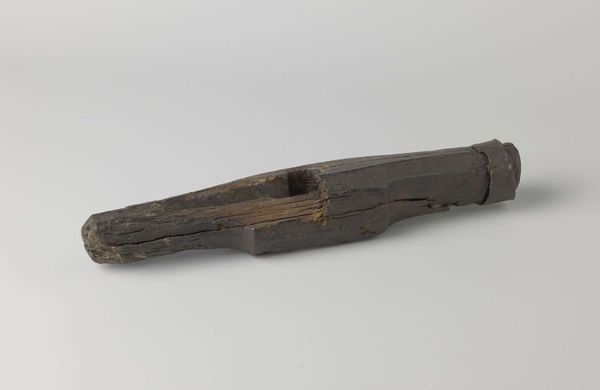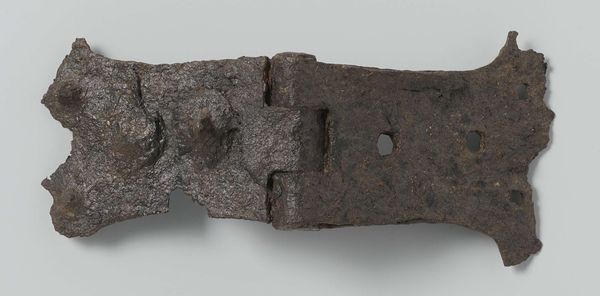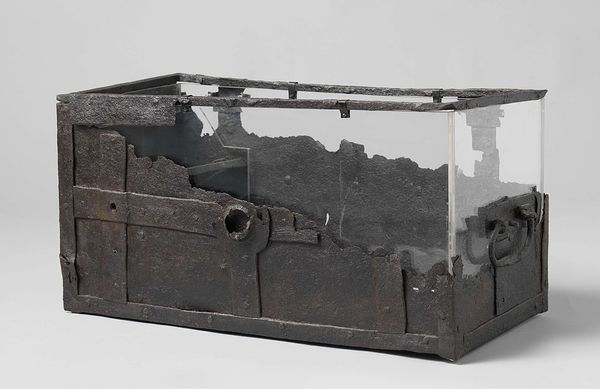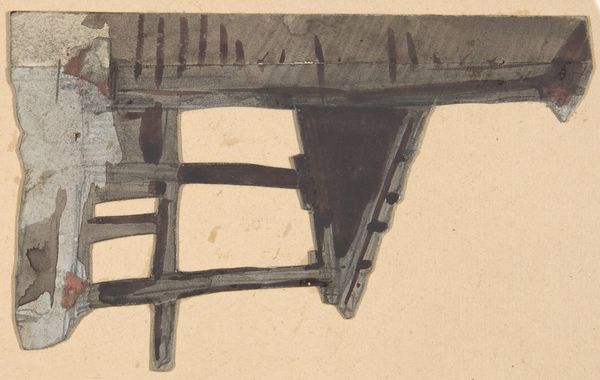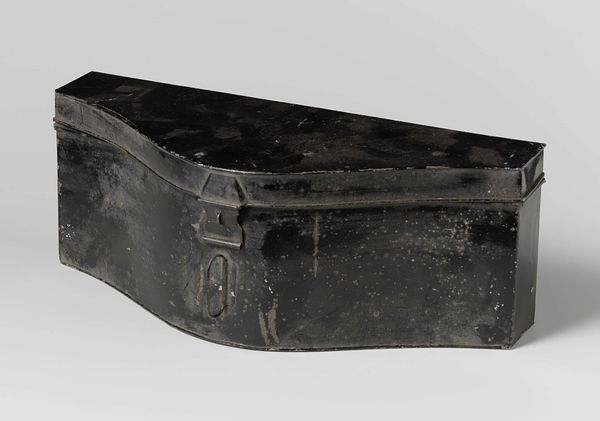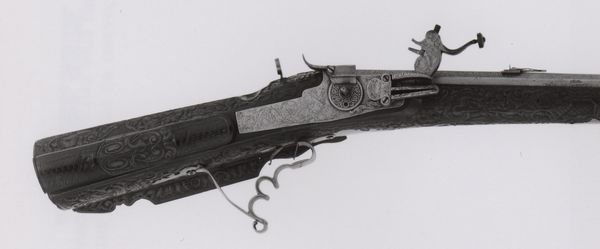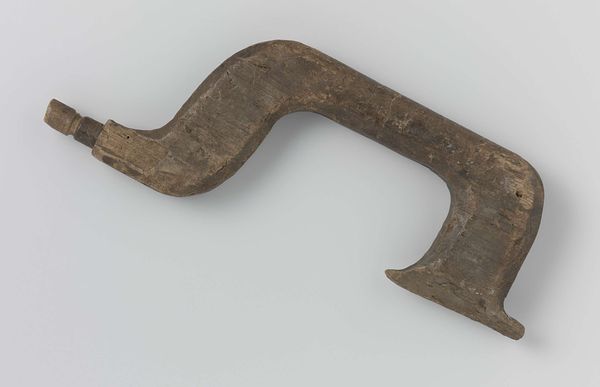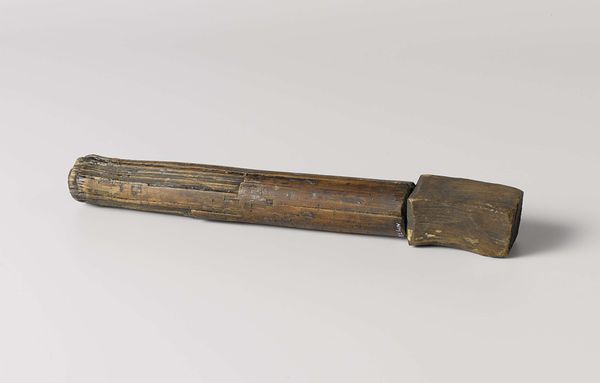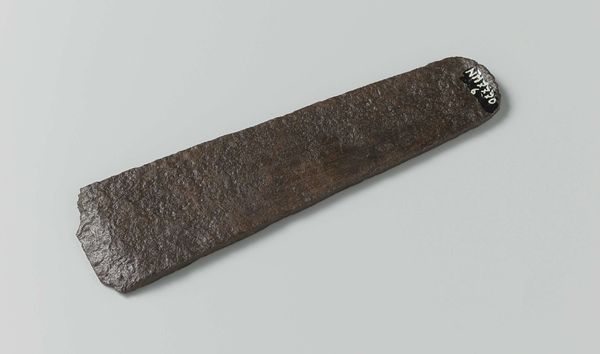
carving, metal
#
medieval
#
carving
#
metal
#
sculpture
#
decorative-art
Dimensions: length 33.0 cm, width 64.5 cm, height 32.7 cm
Copyright: Rijks Museum: Open Domain
Curator: What a compelling object. This is the lid of a chest, made in iron, dating back to approximately 1590 to 1596. It's currently held in the Rijksmuseum. Editor: My first thought is how brutal it looks, even in its damaged state. It suggests a world of conflict and necessity, far from polite society. Curator: Indeed. Iron chests like this were critical for secure storage during that period. Consider the social and political turmoil – wars, religious conflicts – that would necessitate such a strongbox. It represents anxieties regarding ownership, safekeeping and the real possibility of plunder. Editor: And the labor that went into forging this! Think of the iron mining, the smelting, and the hammering, all by hand. This was a significant investment of time and energy, reflecting the value of what it contained. Who had access to ironworking? Were they enslaved, paid a meager wage? These are all important. Curator: Those are vital points. And the design, though now fragmented, also reflects the societal context. Decorative ironwork, while functional, was a demonstration of wealth and status. It's more than just a box lid; it's a statement. Editor: It’s easy to overlook how this object existed, day to day, under variable and often poor storage conditions. What kind of chest was this? We need to get specific to better understand material degradation like the breaks along the border or evidence of applied finishes such as wax or oil to retard rust. Curator: I agree. It's important to remember that its condition also tells a story – a story of wear, tear, and the passage of time within specific socio-economic contexts. Each corroded detail speaks volumes about a lived past. Editor: Absolutely, each impact mark is a result of a physical encounter—human interaction on a material surface over hundreds of years. Seeing it through this lens turns what could easily be labeled "decorative art" into an amazing lens on our human journey. Curator: I’ll never look at a simple object like this the same way again. Thanks for the illuminating dialogue! Editor: Likewise! Considering labor, value and object-life is necessary to develop critical understandings.
Comments
No comments
Be the first to comment and join the conversation on the ultimate creative platform.
